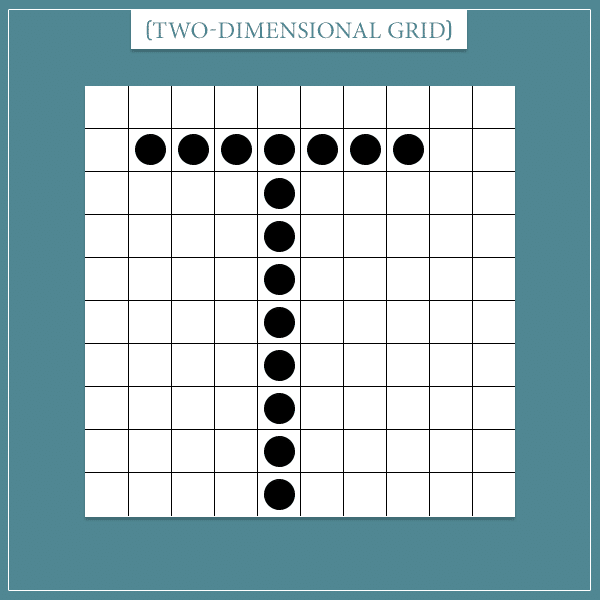

It is used everyday by scientists to choose between competing theories. It says that other things being equal, simpler explanations are generally better than more complex ones. Occam’s razor is pretty easy to understand. Conflating simple with correct can be dangerous, so it’s important to know the limitations of this approach. Both our minds and the world are complex machines which cannot be grasped by applying such a simplistic approach to decision making. We don’t want to make things more complicated than they need be. By slicing and leaving aside more complex theories, it metaphorically acts as a razor. Why is Occam’s razor called a razor? This mental model cuts away competing solutions, leaving the simplest-and supposedly most likely-explanation in place. But, before we move on, let’s address your burning question. Occam’s razor is a popular mental model, to say the least. William of Ockham’s idea later became the first rule of philosophical reasoning in Principia Mathematica by Isaac Newton: “We are to admit no more causes of natural things than such as are both true and sufficient to explain their appearances.” Even Albert Einstein created his own, more nuanced version of Occam’s razor: “It can scarcely be denied that the supreme goal of all theory is to make the irreducible basic elements as simple and as few as possible without having to surrender the adequate representation of a single datum of experience.” Aristotle wrote: “Other things being equal, we may assume the superiority of the demonstration which derives from fewer postulates or hypotheses.” Ptolemy stated: “We consider it a good principle to explain the phenomena by the simplest hypothesis possible.” While William of Ockham is often credited with the formulation of this mental model, it’s an ancient one. "Occam's razor tells you to forget about all of those.Also called the “law of parsimony”, Occam’s razor is a mental model which states that “it is futile to do with more what can be done with fewer”-in other words, the simplest explanation is most likely the right one.

"The universe is a complicated place, but it's sometimes made more complicated through the invention of complicated explanations that suit a particular ideology, philosophy or political persuasion," McFadden said. Occam's razor nonetheless remains a useful tool for trimming the fat off of bulky assumptions, at least in our day-to-day lives. "And that's not surprising the phenomena we're modeling are almost always more complex than the models, and the closer to their true complexity we can get, the more accurate the models."

"As modern machine learning has shown over and over again - in model ensembles, deep learning, et cetera - it's usually the most complex approach that's right, Domingos told Live Science in an email. When Domingos studied the applicability of Occam's razor to machine learning in the early 2000s, he found that a simpler (opens in new tab) model (opens in new tab) is superior to a complex one only if it is just as good at predicting new data. In this case, "The simplest approach is usually wrong," said Pedro Domingos (opens in new tab), professor emeritus of computer science and engineering at the University of Washington in Seattle. When it comes to data science, Occam's razor may cause more problems than it solves. Why do people believe in conspiracy theories? Is it possible to avoid unwanted thoughts? "The simplicity of a hypothesis is one consideration, among others that are relevant to assessing whether a hypothesis is true." "Very often the simplest hypothesis is too simple," Elliott Sober (opens in new tab), a professor of philosophy at the University of Wisconsin-Madison and author of the book " Ockham's Razors: A User's Manual" (opens in new tab) (Cambridge University Press, 2015), told Live Science in an email. The principle does not mean, for instance, that we blindly follow the simplest theory, whether right or wrong. When misused, however, Occam's razor can become a blunt instrument of overgeneralization. Between these points are a thousand scientific advances that depended on simplicity." "The existence of a single Higgs boson was the simplest solution to the equations of particle physics. "Copernicus came up with the heliocentric model of the solar system solely on the basis that it was simpler," McFadden said. One implication of the second law of thermodynamics (disorder increases for any spontaneous process) is that such processes always use the least possible energy. The simplest medical diagnosis is usually correct hospital interns are often taught to think of horses, not zebras, when they hear hoofbeats.
#Ockham razor example code
If two computer programs accomplish the same task, the one with less code is inevitably more efficient. When used correctly, Occam's razor works.


 0 kommentar(er)
0 kommentar(er)
